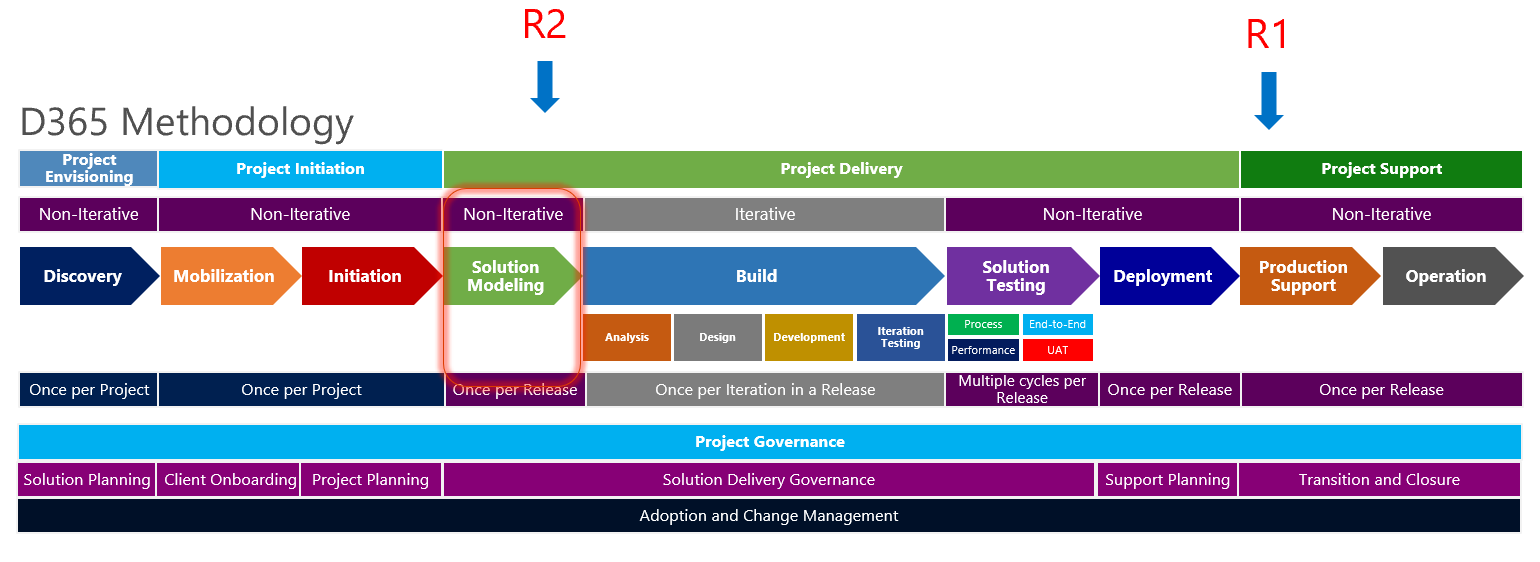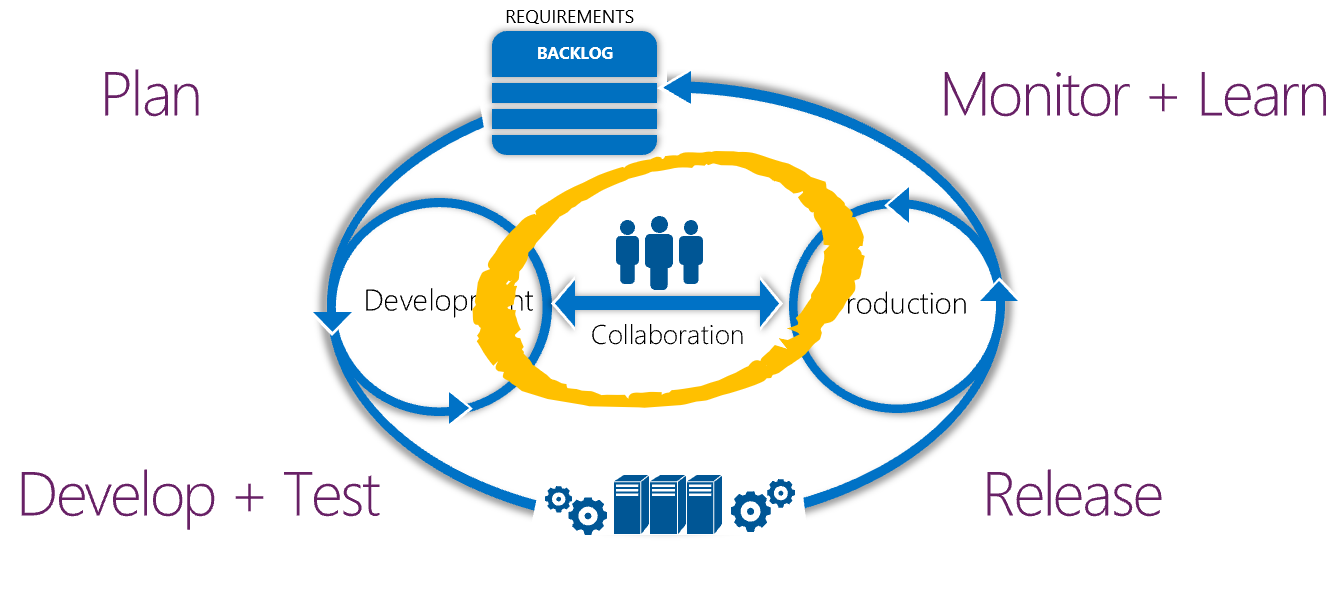Dynamics 365 Implementation Pt. 1 – Methodology
Premier Consultant Sana Noorani gives an overview of the implementation process used in a successful deployment of Dynamics 365.
Over the course of the next 3 blog posts in my Dynamics 365 implementation series, I will go over the process and experiences my client had with implementing an ERP solution for their 50 year old, multi-billion dollar company. Throughout the past year, I have been able to see the company grow and implement an ERP solution called Dynamics 365 for Finance and Operations (previously known as Dynamics AX). The company first implemented the Finance portion of the product in release 1 (R1). Now, during release 2 (R2), they are working on implementing the Operations segment of Dynamics.
Identification
Imagine you have a company that operates primarily in the US. Your company has been growing and thriving over the past several decades, and it has gained significant growth and leverage in the past 10 years. However, in the midst of its evolution, you have identified that the company could grow more exponentially with effective partnerships, global reach, and technological updates. In fact, you have realized that there are a lot of opportunities to expand globally. If you take the leap to expand your operations internationally, then the company will have the potential to scale up until a plateau is reached. The ability to scale up is only possible with the implementation of current, supporting technologies and the scale down of monolithic, antiquated technologies.
Expansion
My client has been on a journey of expansion for the past few years. It has been changing the landscape of its IT operations by introducing a model that embraces the cloud. Their decision to move to the cloud was not an easy one. It involved a lot of trepidation of the cloud with a lot of common fears such as the loss of control of its applications, security issues, and fear of the unknown. By introducing them to the cloud in bite-sized, easy to digest pieces, the Microsoft implementation team was able to assuage the client’s fears.
When the company decided they needed an ERP solution, they had identified that the project would need to be completed within a year of its initiation in order to go-live well before their busy season. Due to previous go-live failures, the client had demanded that an aggressive, implementation plan be put into place. With new leadership on board, the company decided to replace its aged, mainframe application with Dynamics 365 for Finance and Operations.
Initiation
When the Microsoft team came in for implementation, the project began with the D365 methodology getting introduced to the client:

In this process, the project envisioning kicks off the process. Microsoft and the client sit down with leadership and identify what the ultimate goal is. After this goal is identified, the project can be initiated, and a project plan is derived. During this part of the process, both the internal and external resources are gathered.
Delivery
After resources are mobilized and work is initiated, the project delivery process begins. This includes the solution modeling process where the client systems are better understood. At this stage, the solution is in its initial stages of being architected. Based off of business processes that are identified and requirements that are gathered from the business, the solution can be built. The core development team works in sprints and delivers parts of solutions based off of the requirements set forth by the business. As the solution is being built, the work is tested and deployed.
After planning is complete, the development, testing, and releases can be initiated. The below DevOps cycle helps better visualize the iterative nature of this process:

As the development work is completed, tested, and deployed, the project gets closer to its go-live date. Depending on the scale of the project, many environments may be used. In this project, we are using multiple environments such as Sandbox, Convdat (for data migration), Constest (for consulting testing), Test, Master, and Production. This prevents unwanted changes from clouding pristine, clean environments.
The full product is not pushed into the production environment until the final release is ready. You can consider the final release to be complete once the MVP is attained.
Conclusion
Digital transformation is a challenging process. It requires a lot of change to current systems, elicits funding, and requires process updates. There is also a huge change management effort that is required to take place where employees must be trained to use the new technological platform. Now that we’ve covered an overview of the implementation process, I will shed some light on the data migration process of the implementation in my next post.

 Light
Light Dark
Dark
0 comments